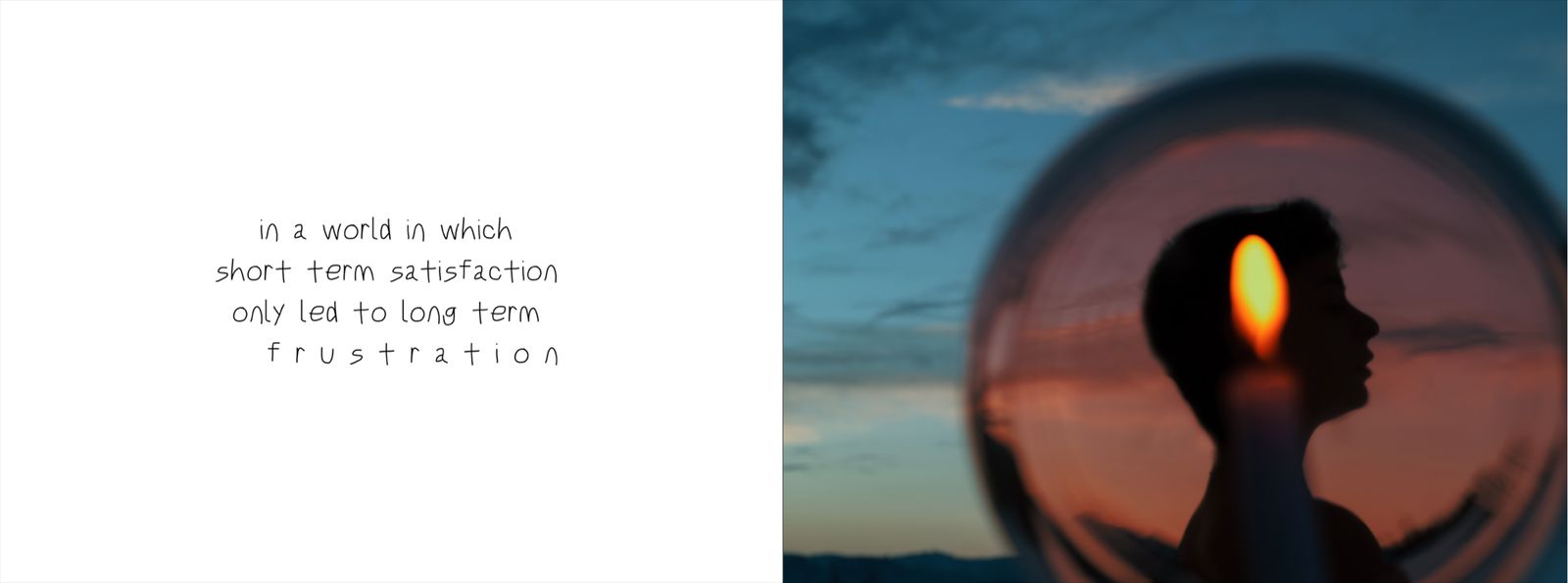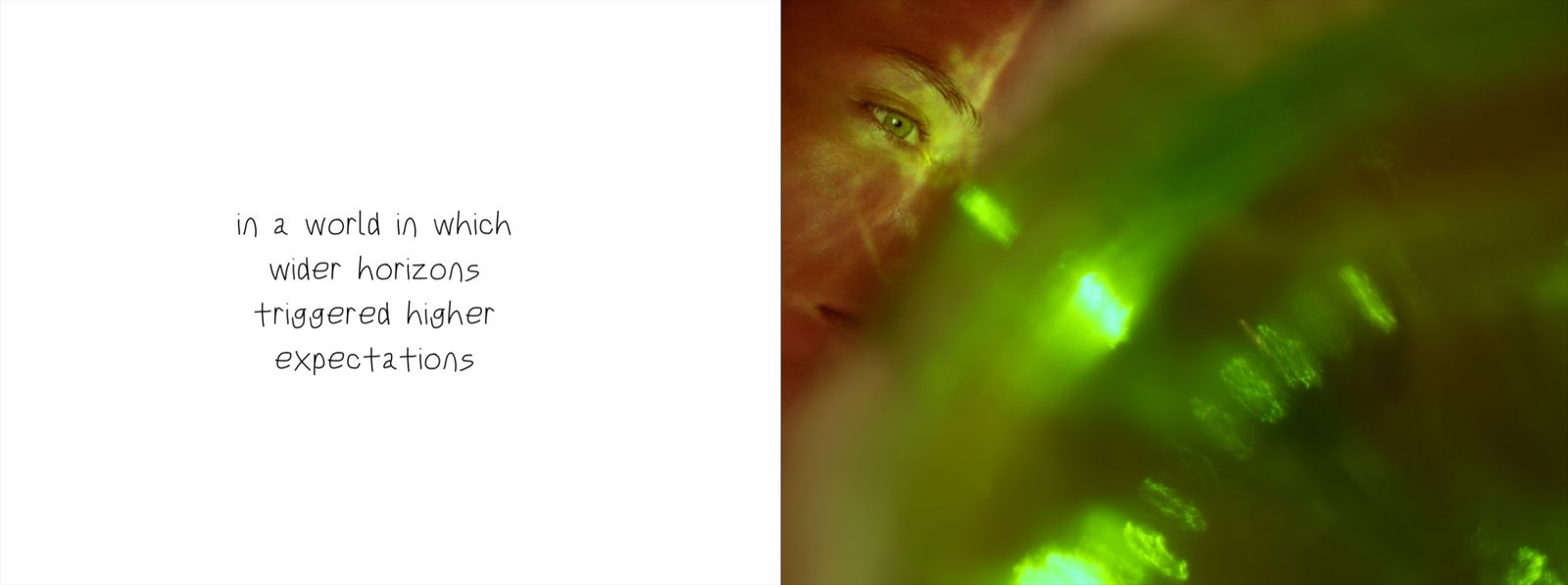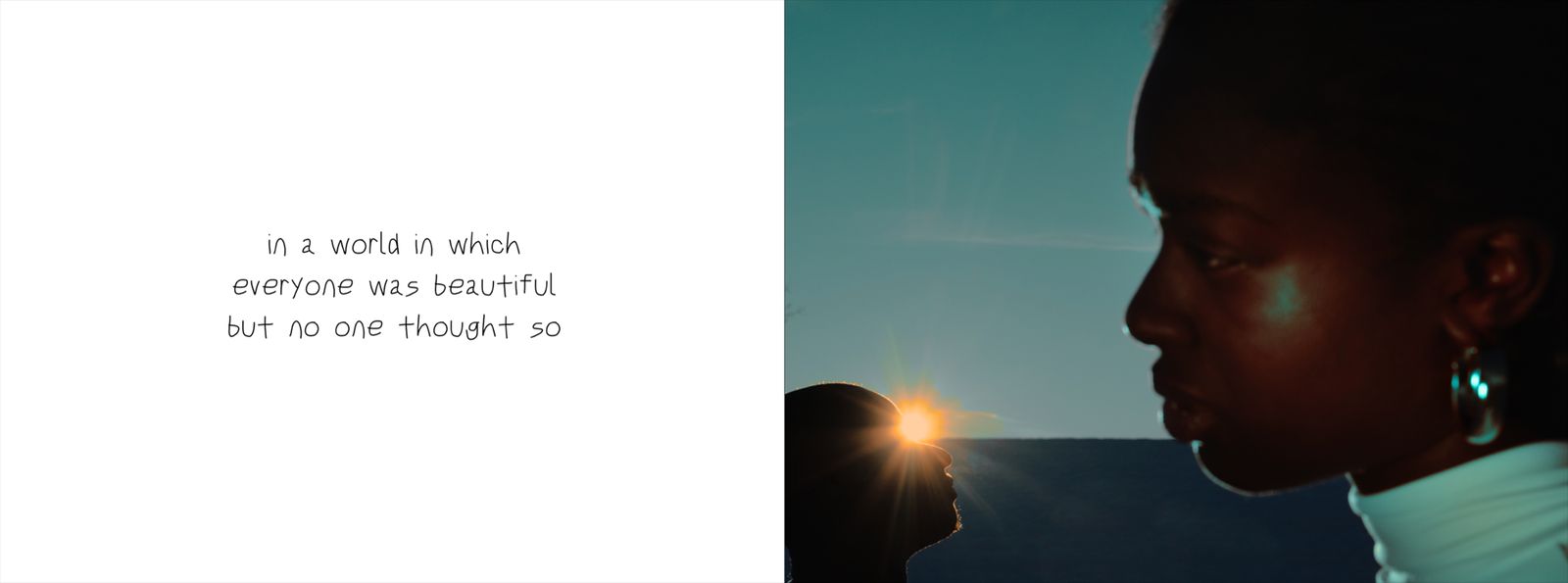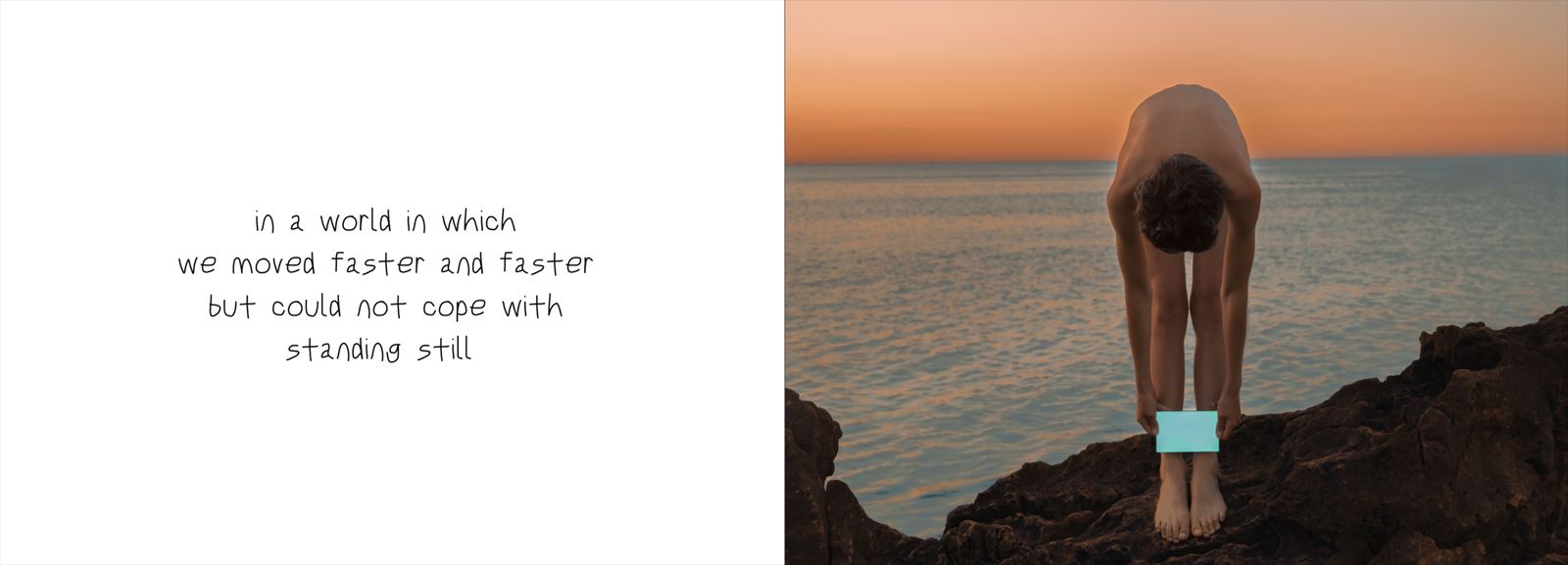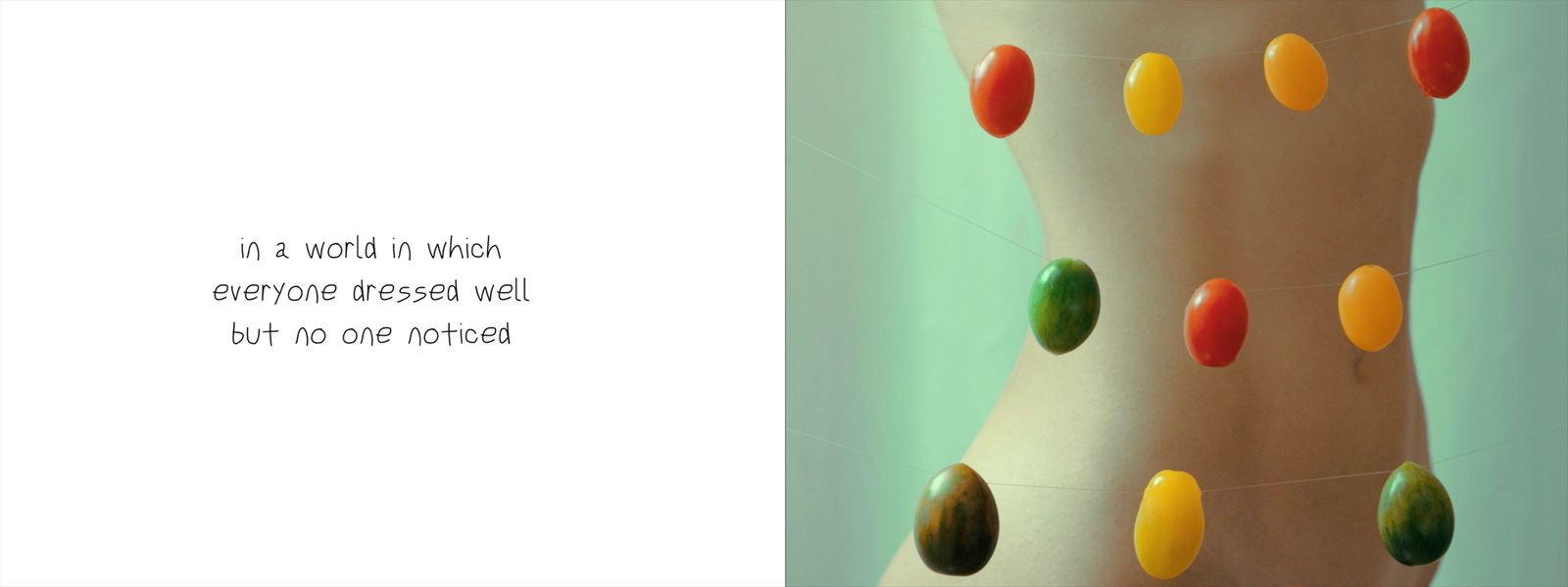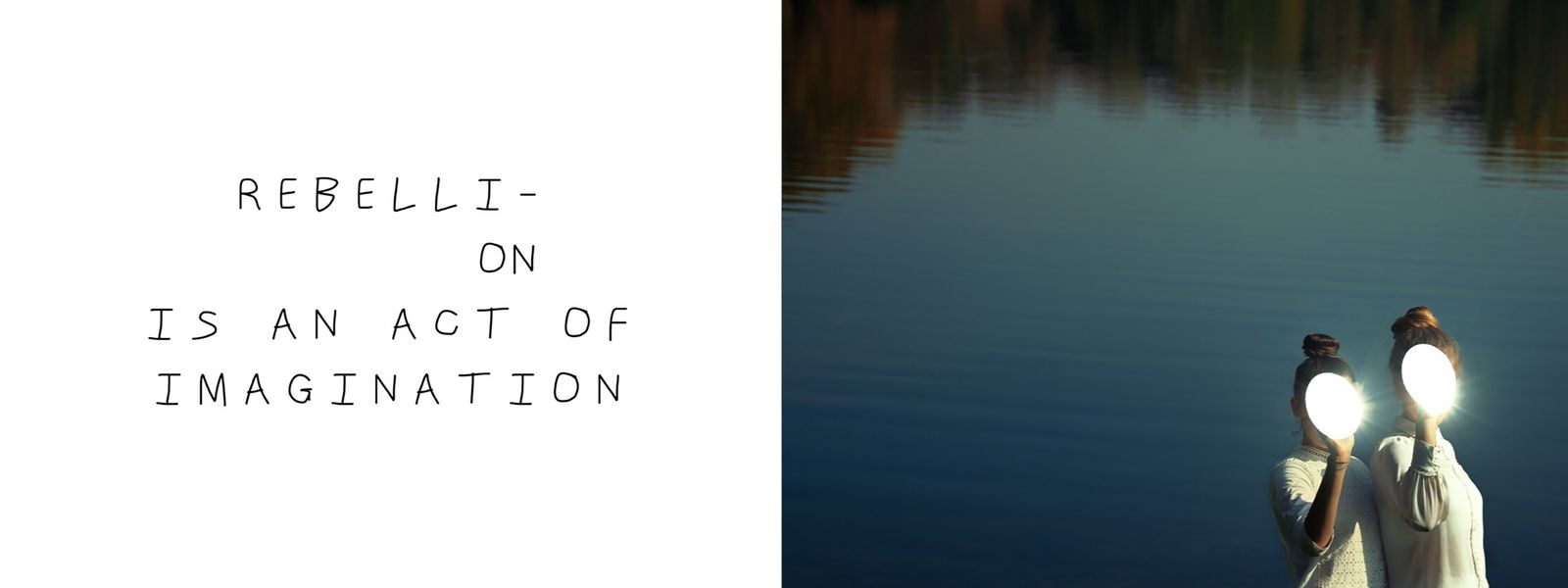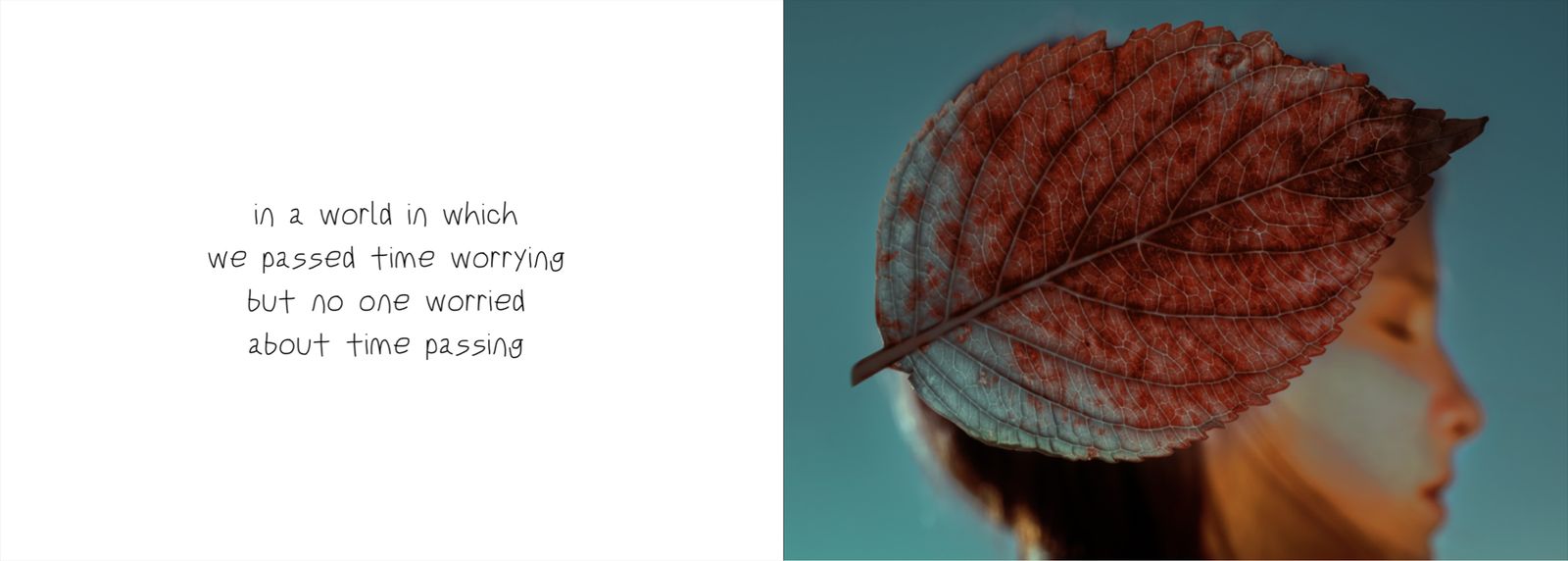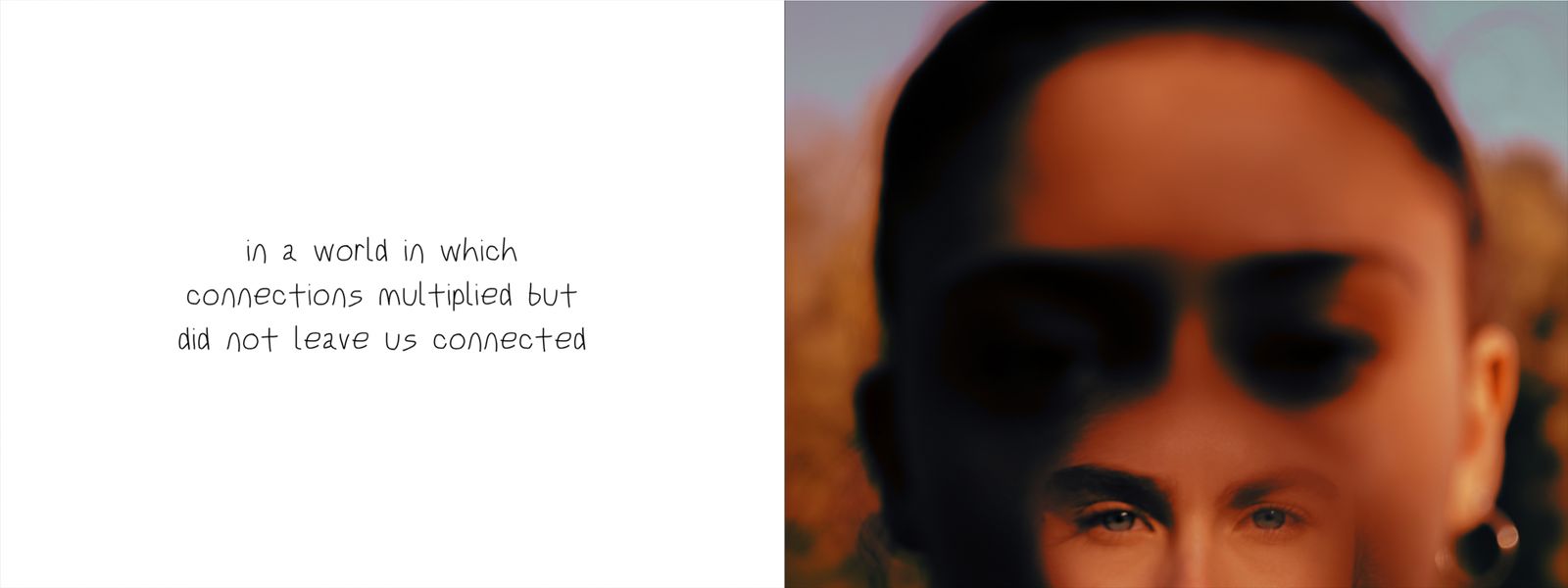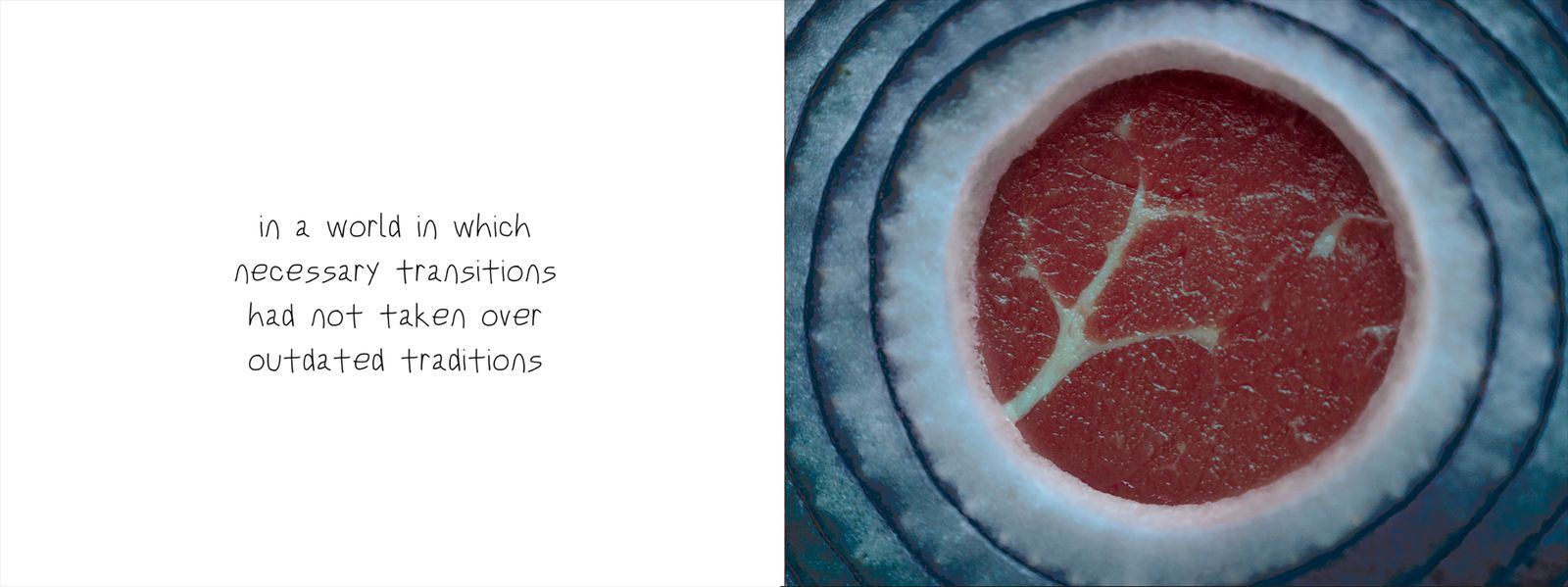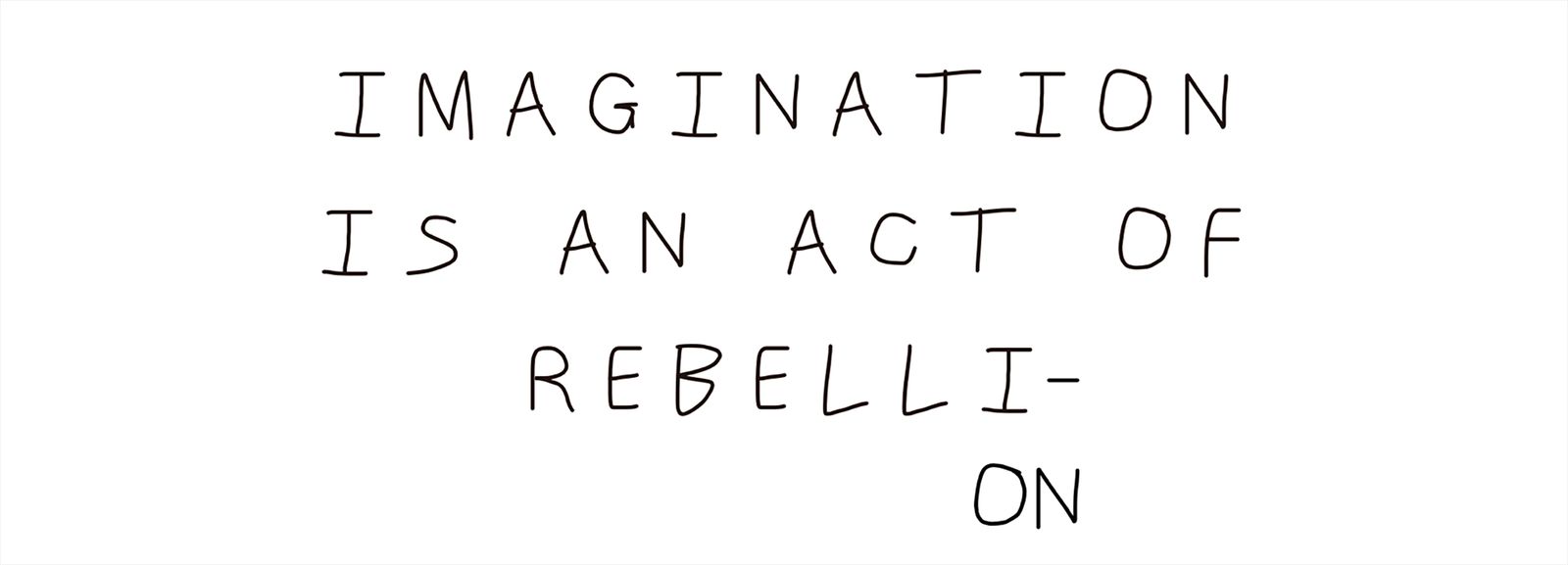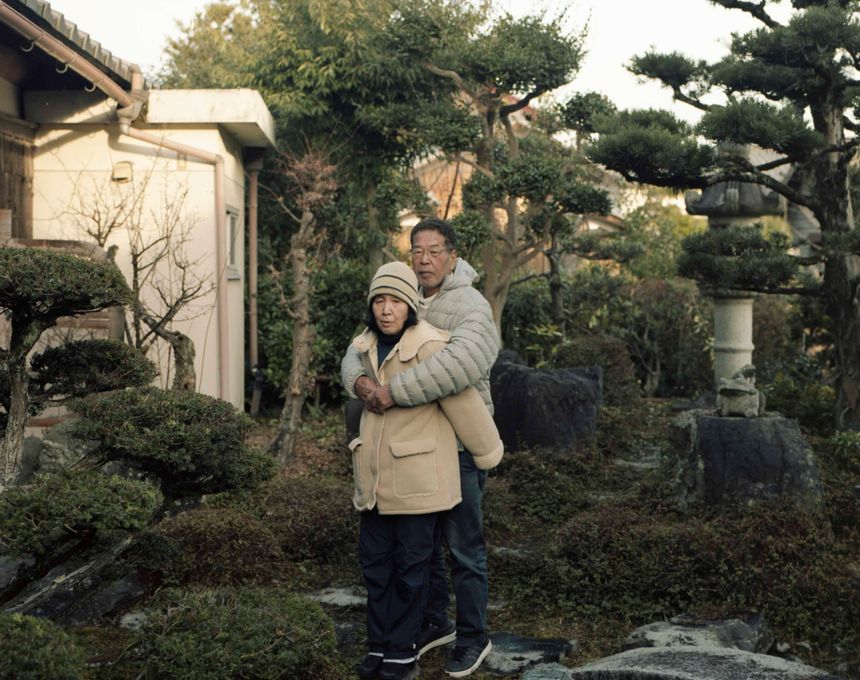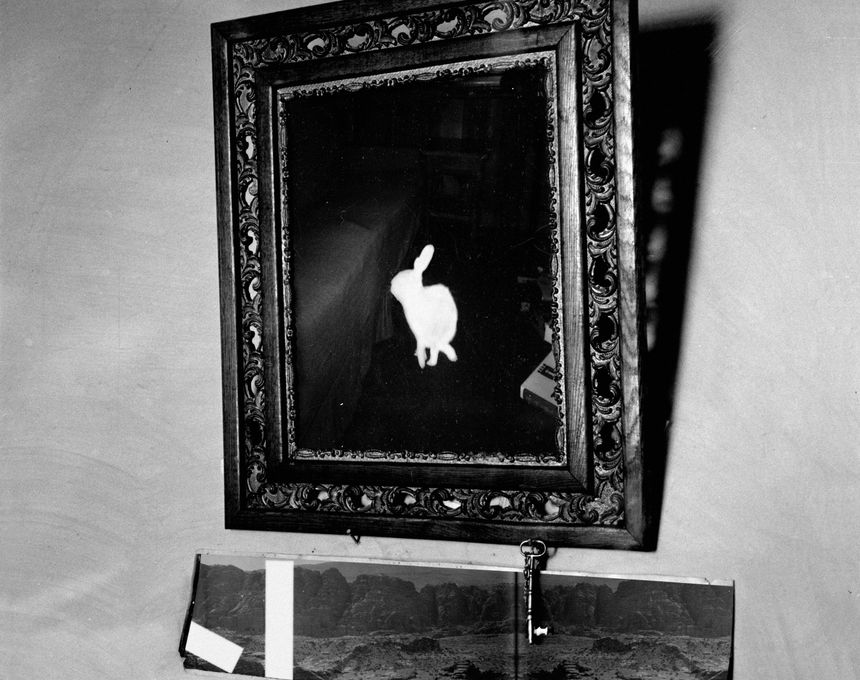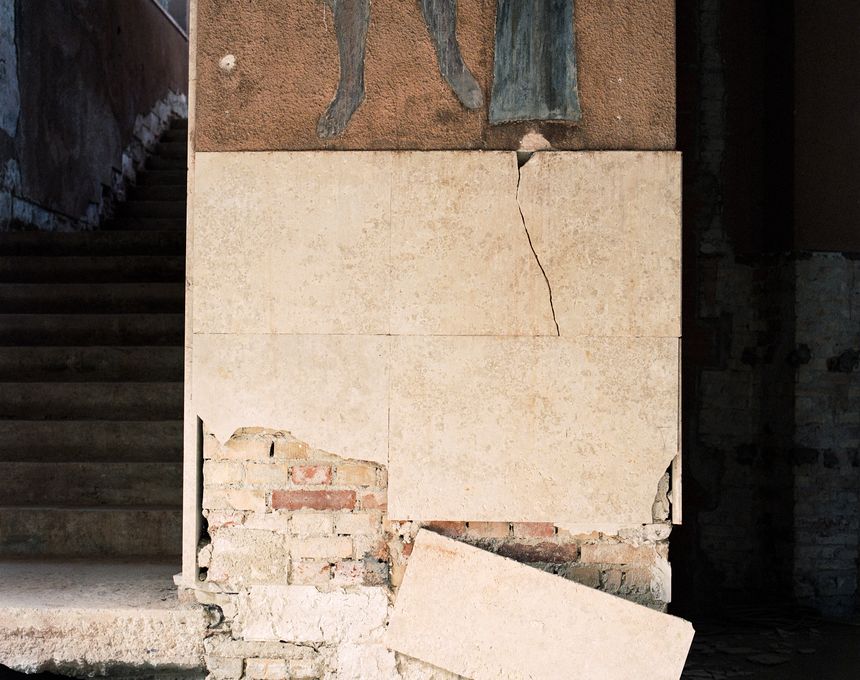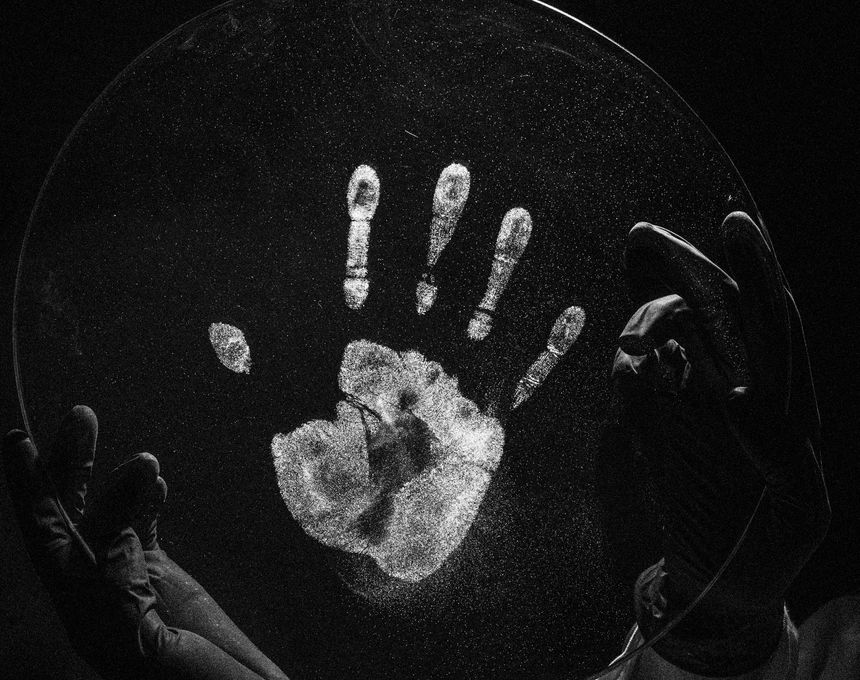Imagination is an Act of Rebellion
-
Dates2020 - 2021
-
Author
- Locations Liguria, Milan
"The image maker may be more important now than at any other time in the history of man because he possesses qualities that are uniquely human. The human imagination cannot be programmed by a computer. Our imagination is our greatest hope for survival.”
– from catalogue "Tendencias in Nueva York", organised by Carmen Giminez. Palacio de Velazquez. Parque del Retiro, Madrid, Oct. 11-Dec. 1, 1983.
Fast forward to 2021. No matter the scientific advancements and technological progress, our society has proved not to be able to solve the most apparent contradictions linked with its positive developments: money has not made us richer, connections have not eased depression, food engineering has not made us healthier. As young minds, we find ourselves unable to envision the shape of our future.
What can imagination & photography do in these times?
With this project I remind myself and others how powerful imagination can be as a tool to resist and build the future we hope for: keeping our mind open is the bravest form of post-modern rebellion. The point of view is that of an external observer looking at our society in this period of temporary stillness and forced isolation. The project aims to pose a question: for a world that had these issues up to now, what could be radically different principles? The answer, entrusted to the observer, becomes clear along the way: we can only accomplish what we imagine.
Observing 10 particularly sensitive matters of our time through a series of diptychs, the project outlines each of these contradictions through a sentence which is then elaborated by a photograph, through experimentation and imagination.
Each sentence is composed of two portions, opening with the awareness of a problem for which it then presents a “solution-wish”, a hypothetical approach to the problem in the near future.
The photograph, on the other hand, refers to each sentence avoiding literal references; rather, it relies on assonance and intuitive association. All images are realised with analogical overlappings and perspectives: the most important aspect is that through photography it is possible to bring to life scenes that we imagine or dream. Differently from painting, which can directly represent dreams, photography requires that they are staged before the camera first.
The story is thus developed on three levels (verbal, visual, and through diptychs) as an attempt to experiment with an innovative narrative interweaving.
